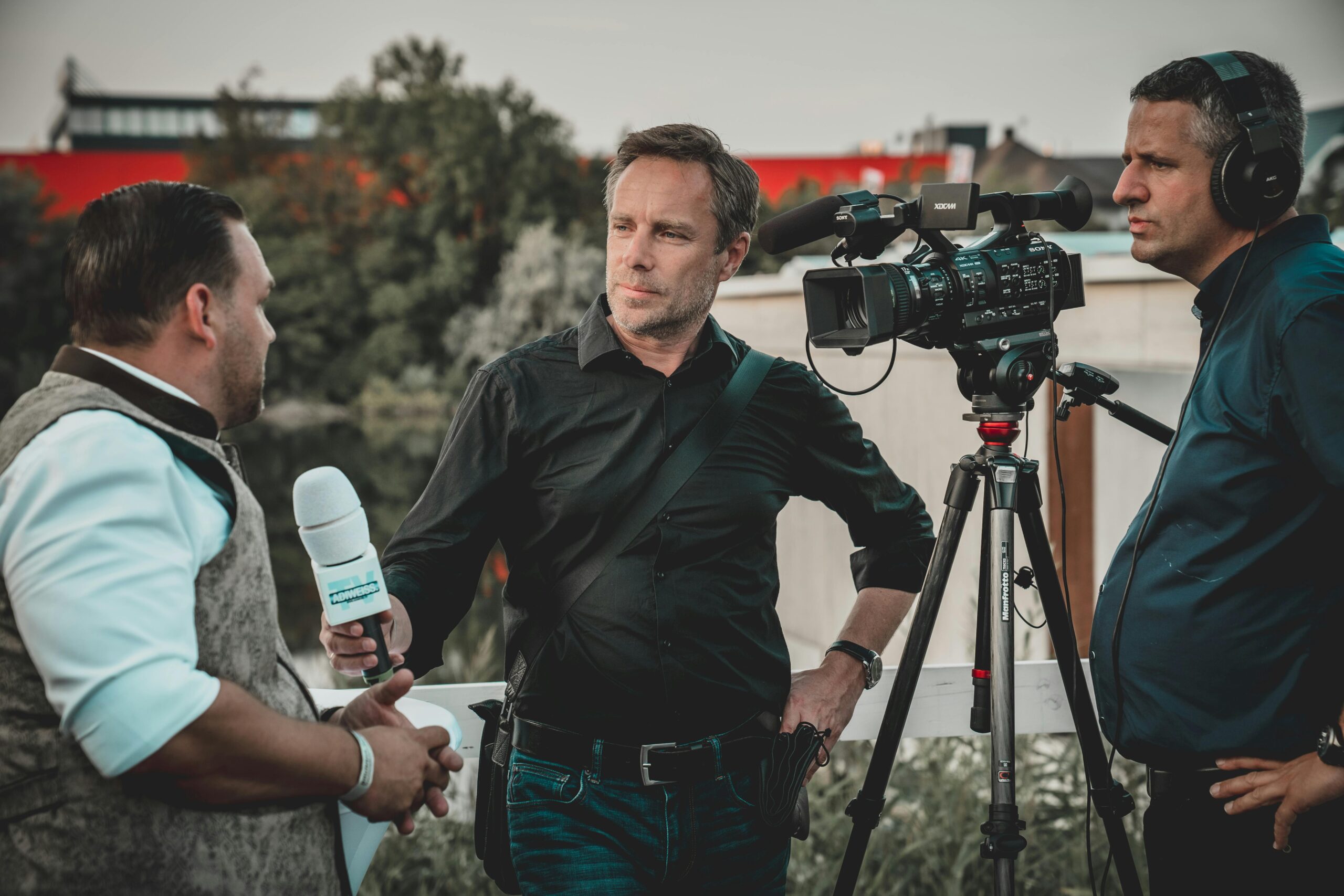Exploring the Power of Video Journalism
Documenting Reality: A New Era of Storytelling
Discover the transformative role of video journalism in capturing and sharing authentic stories from around the world.
The Essence of Video Journalism
Video journalism is a dynamic field that combines the art of storytelling with the power of visual media to document reality. It plays a crucial role in bringing attention to stories that might otherwise remain untold, offering a platform for voices from underrepresented communities. By capturing real-life events and personal narratives, video journalism not only informs but also inspires change and fosters understanding across diverse audiences.
Photo by Mido Makasardi ©️
Maintaining ethical standards is paramount. Always seek consent when filming individuals, especially in sensitive situations. Represent events truthfully without sensationalism, and provide appropriate context to avoid misleading your audience.
Essential Skills for Video Journalism
Video journalism requires a unique blend of skills to effectively capture and convey stories. Mastering these skills is crucial for any aspiring journalist.

Mastering the Basics of Videography
- Camera Operation: Know your equipment by understanding functions like focus, exposure, and white balance to ensure high-quality footage.
- Shot Composition: Use techniques such as the rule of thirds to create visually appealing shots. Vary your angles and perspectives to maintain viewer interest. (multimedia.report)
- Lighting: Good lighting is crucial. Use natural light to your advantage whenever possible, and consider carrying basic lighting equipment for controlled environments.
Effective Storytelling Through Sequencing
- Planning Your Shots: Before filming, outline the sequence of events you intend to capture. This preparation ensures a consistent narrative flow and reduces the need for excessive editing.
- Capturing Diverse Shots: Incorporate a mix of wide, medium, and close-up shots to provide context and detail, making your story more engaging.


Conducting On-Camera Interviews
- Preparation: Research your subject thoroughly and prepare open-ended questions that encourage detailed responses.
- Setting Up: Choose a quiet location with minimal background noise. Position the camera at eye level to establish a natural connection between the interviewee and the audience.
- Building Rapport: Make your subject comfortable to elicit authentic and candid responses.
Prioritizing High-Quality Audio
- Using External Microphones: Invest in a good-quality microphone to capture clear audio, as poor sound quality can distract from the visual experience.
- Monitoring Sound Levels: Always check your audio levels during recording to avoid distortion or unintended silence.


Editing for Impact
- Software Proficiency: Learn to use video editing software to piece together your footage seamlessly, add graphics, and color correction.
- Story Coherence: Ensure that your edits maintain the story’s logical flow and that transitions are smooth to keep the audience engaged.
Final Thoughts
Embarking on a career in video journalism requires a blend of technical skills, storytelling prowess, and ethical integrity. By mastering these elements, aspiring journalists can effectively document reality, shedding light on important issues and events through compelling visual narratives.
For a more in-depth understanding, consider exploring the following resources:





